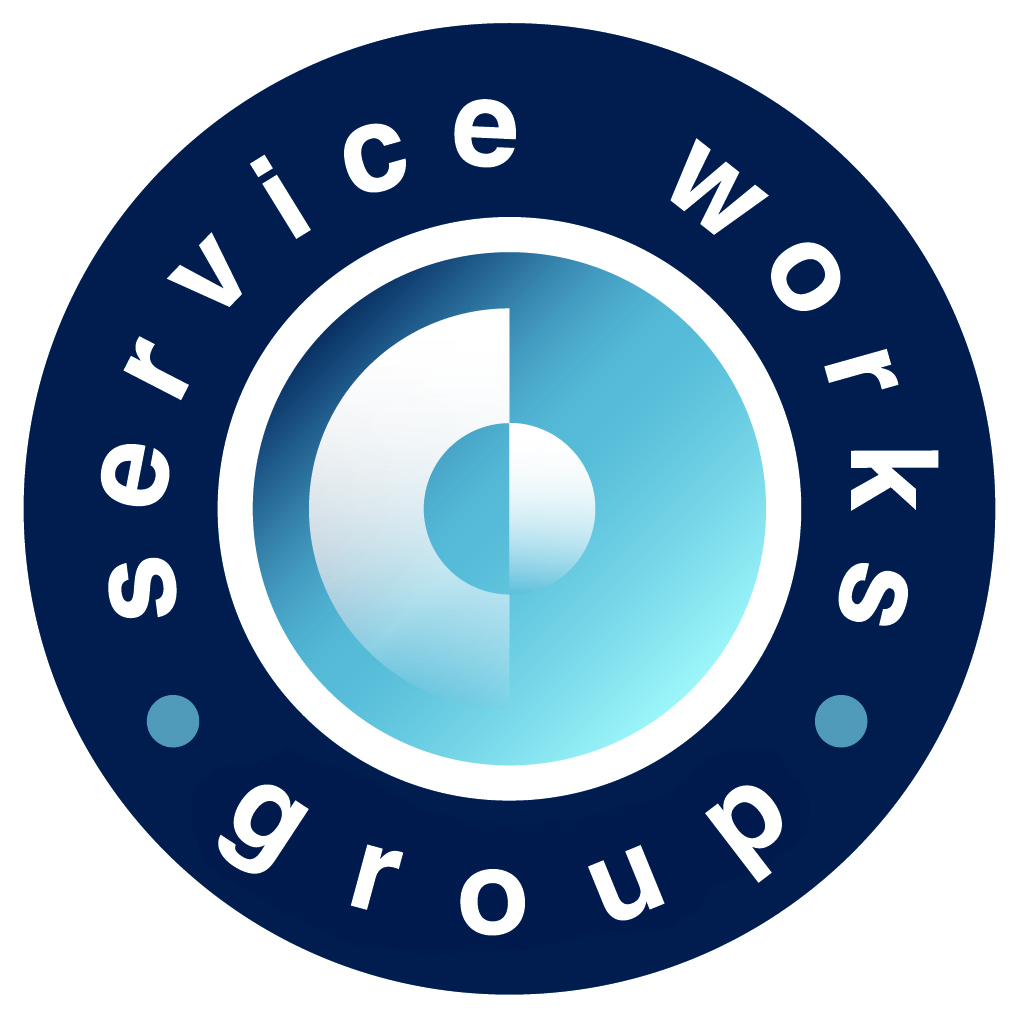Building information modelling (BIM) is gradually scaling the FM agenda, but according to our FM Tech Survey across the UK and Australia in 2020, only 19% and 12% respectively are using BIM software to help manage building operations. Using data from CAFM systems as a basis for decision making is now common, so what benefit is there in adding BIM data to the mix?
1) Gold standard data
When a building has been designed and constructed using BIM processes, a record is created of every aspect of work. This includes the architect’s drawings, the materials used in construction and details of every asset and system installed. For the FM team, this saves hours of time in creating an asset register. Relevant data can be pulled through to a CAFM system and combined with existing data to gain insight across the whole site; and two-way integration means that changes in one system are reflected in the other to ensure continuing accuracy. The introduction of the BIM standard, ISO 19650, has helped further standardise and streamline data across different projects and countries.
2) 360o site knowledge
3D BIM models are an accurate, visual and interactive way to understand a site. They can be viewed in 2D or 3D to see the whole building, a floor or a room. More than just a static image, the model can be used to gain accurate measurements of an area to help calculate costs for renovation or new projects, see the materials used on the floors and walls, and even view hidden systems like wiring and pipework in order to avoid damage during maintenance or renovations.
Where models aren’t already available, for example older buildings constructed without BIM, they can be created by digitising architect plans or by scanning the site using a laser, then populated with data to become a working virtual replica.
3) Increased first-time fix rate
Access to a 3D BIM model can greatly improve job resolution times. When a work order is picked up by an engineer, they can use the model to see the asset’s location and understand any access restrictions (like a permit required, or an enclosed space) as well as information about the asset itself including service history, manuals, warranty details and part serial numbers. This means that the chance of unforeseen issues on arrival is much smaller and work can be completed more quickly.
4) Space planning
Areas can be categorised by colour on a BIM model to make it easier to manage space. This could show room type (like an office or a ward in a hospital), availability, special instructions (such as a temperature regulation or special cleaning requirements) or even tenant details for easier rental management. Rather than having all this information on separate systems, it can be brought together centrally within the BIM model for easier access.
5) Create a digital twin
A digital twin is a virtual replica of a building, using the BIM model and live data CAFM software, BMS and sensors. Instead of viewing data from various sources on multiple reports, the digital twin can be used to view performance, identify trends and detect building errors; all in the same place. Digital twins can also be used to test different scenarios – like the impact on air quality of a new asset, or how cooling systems would cope with more people in the building. This reduces the impact of disruption or dips in performance of the ‘live’ building environment.
For more information about the benefits of BIM to the facilities management team, download our white paper, The Future is BIM, or watch our BIM case study videos. Contact us for a demonstration.
Keep up to date on the latest industry and technology developments: sign up to receive SWG’s blog delivered straight to your inbox:







